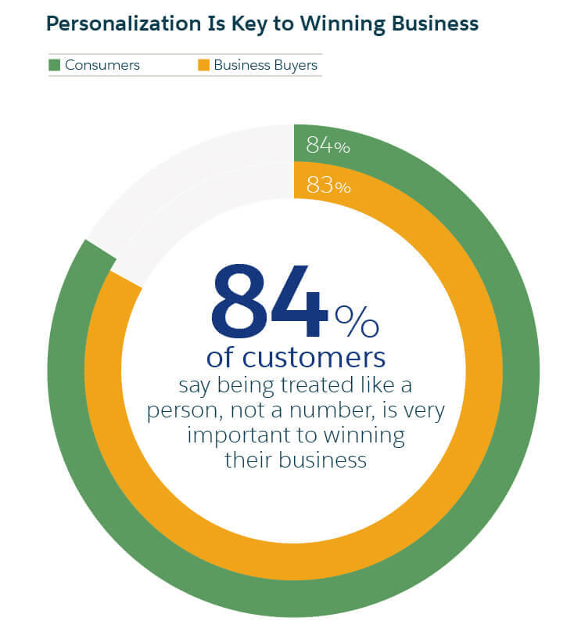Brand Experience Strategies – The stages of brand awareness, perception and involvement were majorly dominated by the brand managers. However today, the world is a very different place. Today’s consumer is evolved, informed and empowered with smart phone devices, ubiquitous internet access and social networks to discuss and hence influence brand experience strategies.
Times are changing faster and the market trends are evolving rapidly. Here, we have listed several relevant trends in the virtual world for merchandisers and marketers to consider as they gear up to plan for the next campaign for their eCommerce store.
5 Brand Experience Strategies for New-Age Customers
#1. The soaring adoption and consumer acceptance at a never-before pace –
Today’s consumers are extremely flexible and open to new ideas and technologies. Inventions are latching on and talking off at unprecedented speed, thus thinning the line between change “inventors” and “early followers”.
#2. The shift from traditional shopping channels to eCommerce and mCommerce has been really fast –
While in the year 2009, worldwide online sales were estimated around $8 trillion, the same is estimated to double the size by 2013. On the similar path, while the mobile commerce market – mCommerce was $42 billion in the previous year (2010), it is projected to touch the whopping figure of $70 billion by the end of coming few years.
#3. Increasing cross-channel consumers’ spend – Brand Experience Strategies

Studies reveal that nearly every internet user in the age of 16-55 has purchased goods on the Internet. Due to the fact that people seems to have less time for shopping nowadays compared to earlier generations, the demand for convenience and information search before making a purchase has increased.
The benefits offered with multiple channels are that customers can search for information in one channel and pursue the purchase transaction stage in another channel. Hence, it is in every brand’s best interest to cater to this highly profitable cross-channel consumer segment.
#4. Increased consumer interaction with brands – Brand Experience Strategies
Though the consumer always had the opportunity to decide for the fate of a brand but blog postings, online feedback, ratings and other consumer forums empower them further to influence brand perception more visibly. Consumers’ negative reviews are significantly affecting brand status and because of this shift, producers, retailers and marketers are being extra conscious with content and promotions that consumers will find relevant and trustworthy. The best way to do that is engage them, reward them and convert them into loyal brand advocates.
#5. Marketing shift from selling to interacting – Brand Experience Strategies
Historically, marketing initiatives were driven to push products, bring in sales and create brand awareness as a whole. The customer was being targeted on the basis of per-defined criteria as derived from previous behavior patterns and historical purchase behaviors. However, these strategies are not applicable today.
Today’s consumer demands real time, experience based marketing. Strategies like loyal consumer cards coupled with location based services make it possible to offer consumers different sort of offers on a real-time as they walk down a store’s aisle or enter a mall premises. Consumers can respond to these direct messages through store walk-ins or by availing special packages.



